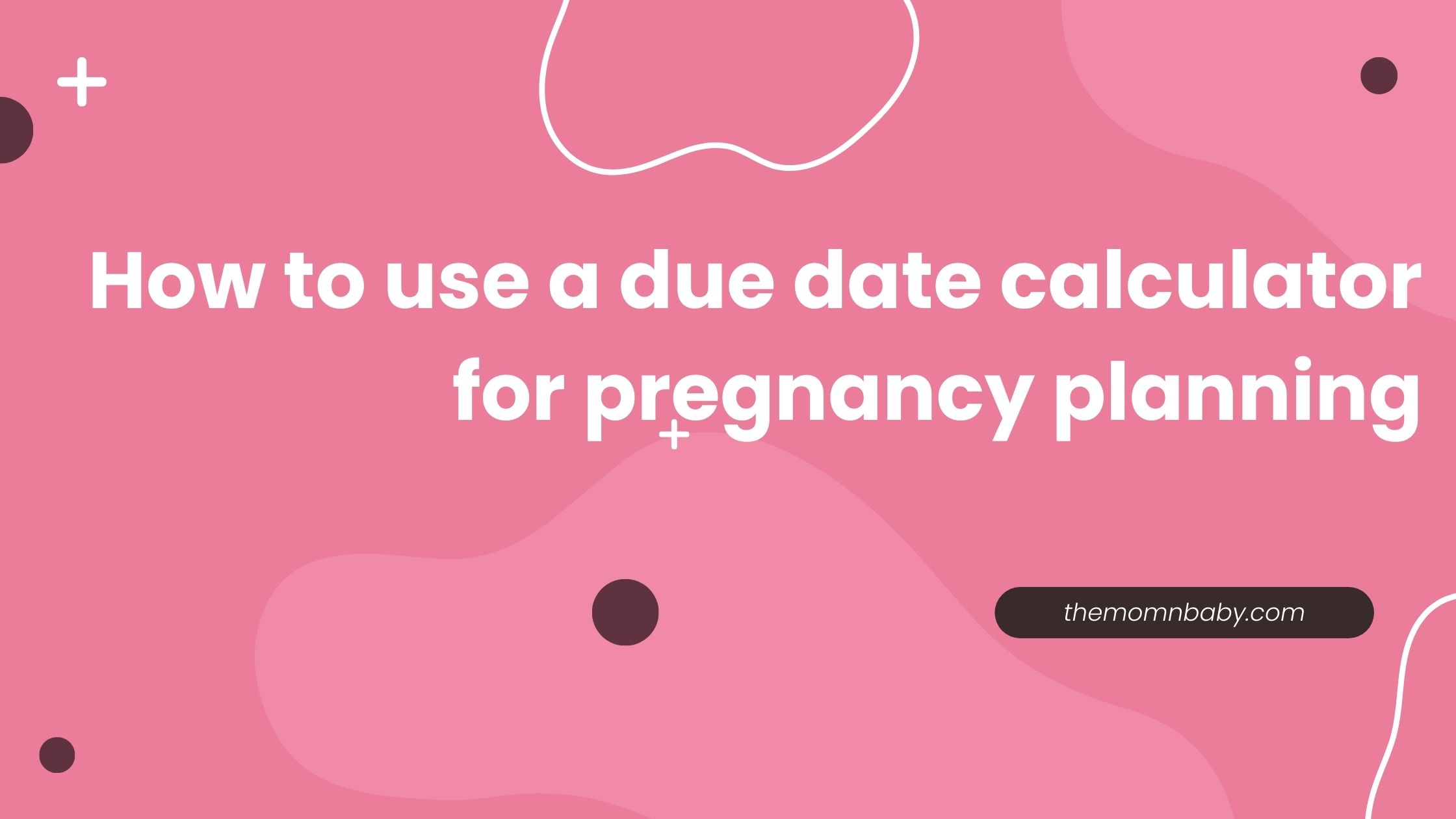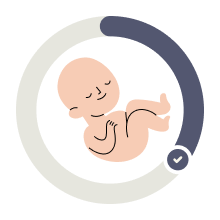This week, reality sinks in as you have your baby with you at home, relying on you for love, care, and nourishment.
Undoubtedly, you’ve been preparing and gathering information on how to best care for your little one. We have a wealth of articles and tools to help you refresh your memory and learn new tips. However, our best advice for this week is not to overwhelm yourself by trying to master every aspect of baby care all at once.
Baby at Week 42
If you find yourself reading this, you belong to the rare group of moms-to-be who reach the 42-week mark of pregnancy. It’s crucial to notify your healthcare provider immediately if you notice a decrease in your baby’s movements.
How large is the baby at 42 weeks?
At 42 weeks pregnant, your baby is comparable in size to a watermelon, albeit a larger watermelon than last week. On average, a fetus at 42 weeks measures around 20.3 inches and weighs approximately 8.1 pounds. Yes, your baby is still growing! However, rest assured that they are unlikely to be too large to be delivered vaginally.
Inducing Labor at 42 Weeks
By this point, induction options have likely been discussed by your doctor. Here are some possible options:
Membrane stripping
- Your doctor uses a finger to sweep around the amniotic sac, which may release hormones and stimulate contractions within 48 hours.
Amniotomy
- An instrument that looks like a plastic crochet hook is used to break the amniotic sac, which can lead to contractions in just a few hours.
Cervical ripening
- Prostaglandin, a medication that dilates the cervix, is either taken orally or inserted vaginally overnight.
Contractions stimulation
- An IV of synthetic oxytocin is given to start contractions.
Rest assured that your baby is being monitored closely and is safe inside your uterus, but they can’t stay there forever. Complications such as placental problems, low amniotic fluid, and a pinched umbilical cord are more likely to occur at 42 weeks pregnant. If tests show that it isn’t safe for the baby to stay in utero much longer, your doctor may recommend a medical induction.
What is the maximum number of weeks that is safe to go overdue?
There is no definitive answer to this question. However, at 42 weeks pregnant, the risk of complications increases, such as placental problems, low amniotic fluid, and a pinched umbilical cord. If the baby becomes too large, a c-section may be necessary. For these reasons, your doctor may recommend a medical induction at 42 weeks if it is deemed unsafe for the baby to remain in utero any longer.
What is the record for the longest pregnancy?
It is difficult to determine with certainty, but in 1945 a woman in Los Angeles gave birth after being pregnant for reportedly 375 days (compared to the average pregnancy length of 280 days). In 2016, a woman in China claimed to be 17 months pregnant, but doctors were skeptical and no medical records were available to confirm the claim. Nonetheless, it is highly unlikely that your pregnancy will set any records.
Final Doctor visit at Week 42
Doctor: Hello, how are you feeling today?
Patient: I’m feeling okay, just really uncomfortable at this point.
Doctor: Yes, I can imagine. You’re at 42 weeks now, which is quite rare. How have you been feeling overall?
Patient: I’ve been feeling alright, but I’m just ready to have this baby.
Doctor: I understand. At this point, we need to start considering options for inducing labor. Have you thought about that at all?
Patient: Yes, I’ve read about a few different options, but I’m not sure what would be best for me.
Doctor: Well, we can discuss the options together and decide what would be safest and most effective for you and your baby. One option is stripping the membranes, which can cause contractions within 48 hours. Another option is breaking your water, which can cause contractions in just a few hours. We can also try ripening your cervix with medication or stimulate contractions with oxytocin.
Patient: I see. Do any of these options have more risks than the others?
Doctor: Each option comes with some risks, but we will carefully monitor you and your baby to ensure everything goes smoothly. Waiting too much longer increases the risks of complications such as placental problems, low amniotic fluid, and a pinched umbilical cord. If the baby grows too big, we may have to perform a C-section delivery.
Patient: Okay, I understand. What do you recommend we do?
Doctor: I would recommend inducing labor at this point for the safety of you and your baby. We can discuss the options more and choose the best one for your individual situation. But rest assured that as long as your baby is being closely monitored, everything will be okay.
Patient: Okay, thank you for taking the time to explain everything to me. I trust your expertise and I’m ready to do whatever is best for my baby.
Doctor: You’re welcome, and I’m here to support you every step of the way. Let’s go ahead and schedule a time for your induction and discuss any concerns or questions you may have before then.
“Congratulations!!!! soon you have your little baby in your hand, Enjoy Parenthood”





